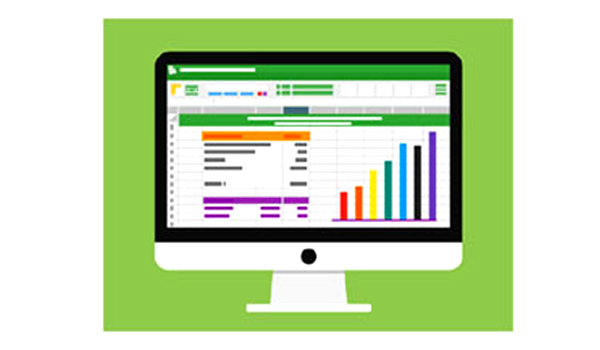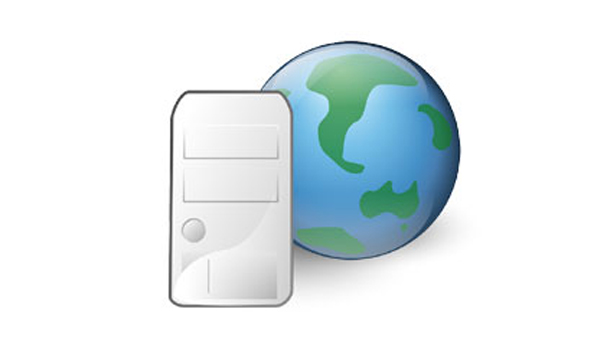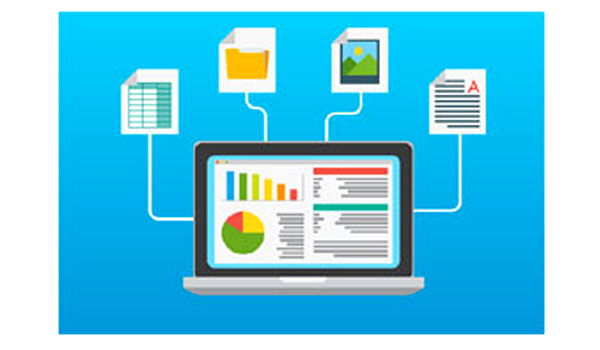Data Minimization
Data minimization is a process where a data controller determines why and how personal data is processed, attempts to collect only personal information that is directly necessary for a particular goal to be accomplished.
Updated: December 4, 2023

Data minimization, also referred to as data avoidance is a process where a data controller determines why and how personal data is processed, attempts to collect only personal information that is directly necessary for a particular goal to be accomplished.
Data-centric security software can be used to achieve this. Bolstering privacy and reducing liability are benefits of data minimization. The likelihood of a malicious actor stealing personal information can be reduced by collecting pertinent information necessary to complete a task. An organization collects reduces liability and damages in the event a bad actor steals data by reducing the amount of data. A smaller dataset is also easier to manage and secure, thereby preventing data theft altogether.
Adequate, Relevant and Limited are basic elements of data minimization. Organizations often designate some fields as compulsory to enter information for the portal to accept and process the form to ensure the bare minimum data is collected from participants. So, the required fields should only be used as many of them are not necessary for the organization to achieve its objective. It is imperative that the required information, the purposes of its collection, and the data handling process be clearly defined to minimize the amount of data collected while maximizing the value that organizations can extract from the data set.



